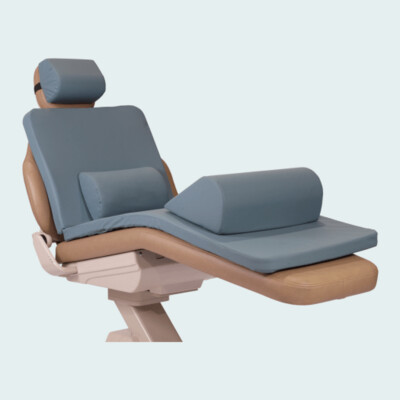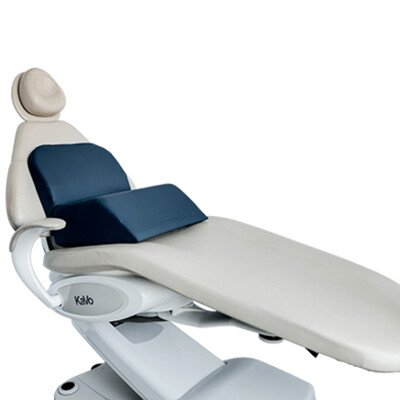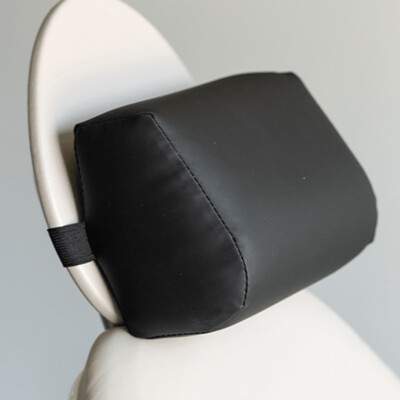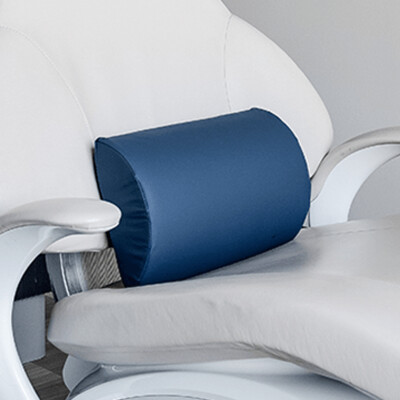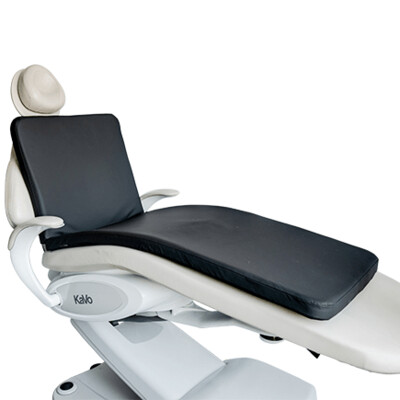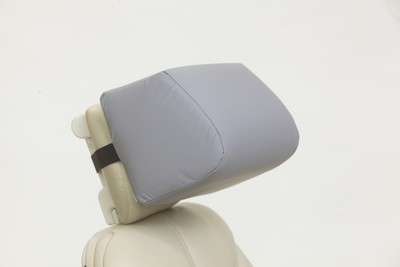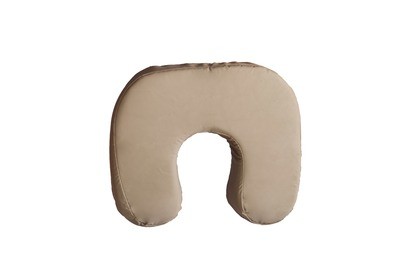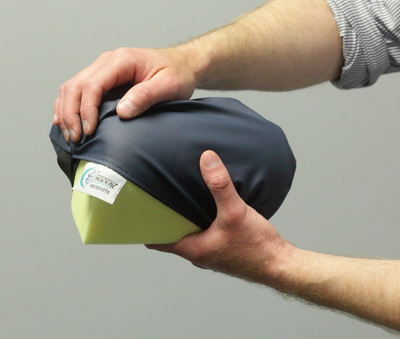5 of the Most Common Causes of Back Pain in Dentists
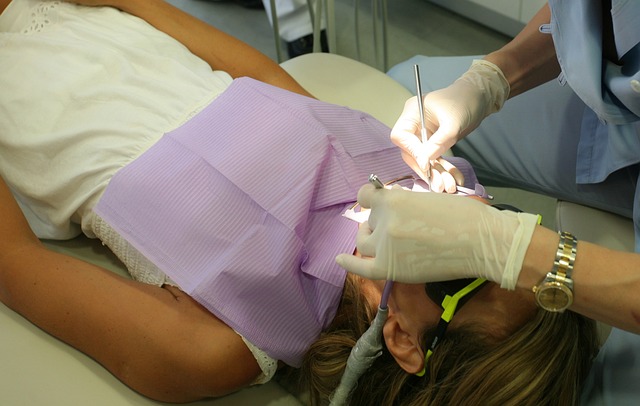
A recent study found that 70 percent of dentists report suffering from back pain to some degree. Dentists spend most of their time doing repetitive motions in stiff, uncomfortable positions, which can lead to soreness in the short term and increasing muscle pain overtime. Ongoing back pain in dentists can morph into more serious musculoskeletal issues, not only causing immense pain, but potentially cutting short one’s dental career.
How can you prevent this from happening to you at some point in your career? Here are some common causes of back pain in dentists and some preventative measures you can take to preserve the length of your career and your quality of life.
1. Posture
Maintaining good posture is a great way for dentists to avoid back pain. Sitting for long periods of time with your shoulders hunched or neck sticking out can cause your hip flexors to become rigid, shifting much of the strain of the job into your lower back muscles. Focusing on having good posture—keeping your shoulders back and your neck elongated—can help eliminate or at least lessen back pain in dentists. Some dentists even invest in orthopedic devices such as back braces to help correct their posture so that they can better focus on the procedures at hand without having to constantly think about the position they’re sitting in.
2. Supportive seating
Non-ergonomic dental stools can also exacerbate dentists’ back pain, as can a stool that is not properly adjusted for one’s height. A dental chair should be both comfortable and sturdy, with a backrest and a seat that’s slightly tilted forward to support the natural curve of the spine. Investing in an ergonomic dental stool reduces stress on the body, specifically in the neck, back, and legs, and helps you maintain good posture during procedures.
3. Patient positioning
A patient being improperly positioned can lead to unnecessary pain for not only the patient, but their dentist as well. Dentists and hygienists are often forced to work at awkward, strained angles to perform the procedure on the improperly positioned patient. Improper patient positioning can be easily corrected with our dental headrests and body positioning systems, which “allow dentists to position their patients in a more suitable position for proper treatment. Proper patient positioning alleviates pain and tension in the muscles, nerves, and joints, cutting back on pain and discomfort for lengthy or frequent procedures.”
4. Health
Many dentists do not get enough exercise throughout their week, which can lead to muscle weakness and increased soreness following dental procedures. Going to the gym a few times a week or even just doing some stretches before and after working strengthens the muscles, decreasing changes of muscle strain and soreness when performing procedures.
5. Overworking
Not giving yourself enough breaks between patients and procedures can lead to muscle strain and soreness. You should be taking regular breaks, not only to rest, but to move your body and stretch. This can help combat the stiffness of the repetitive motions and physical positions a dentist is required to perform throughout the day.
You shouldn’t have to suffer for the job you love. While most dentists experience some sort of back pain throughout their career, there are measures you can take to prevent it from happening to you and reduce its severity when it does.
Manage your pain and work more comfortably by using dental chair accessories from Crescent Products. Shop Today!
